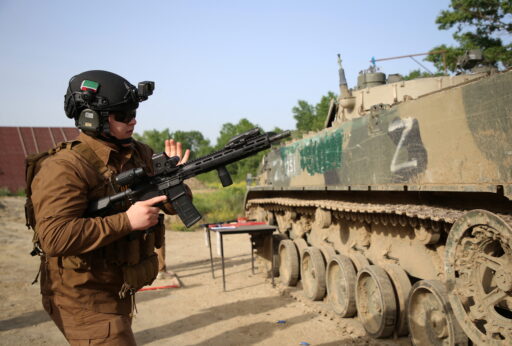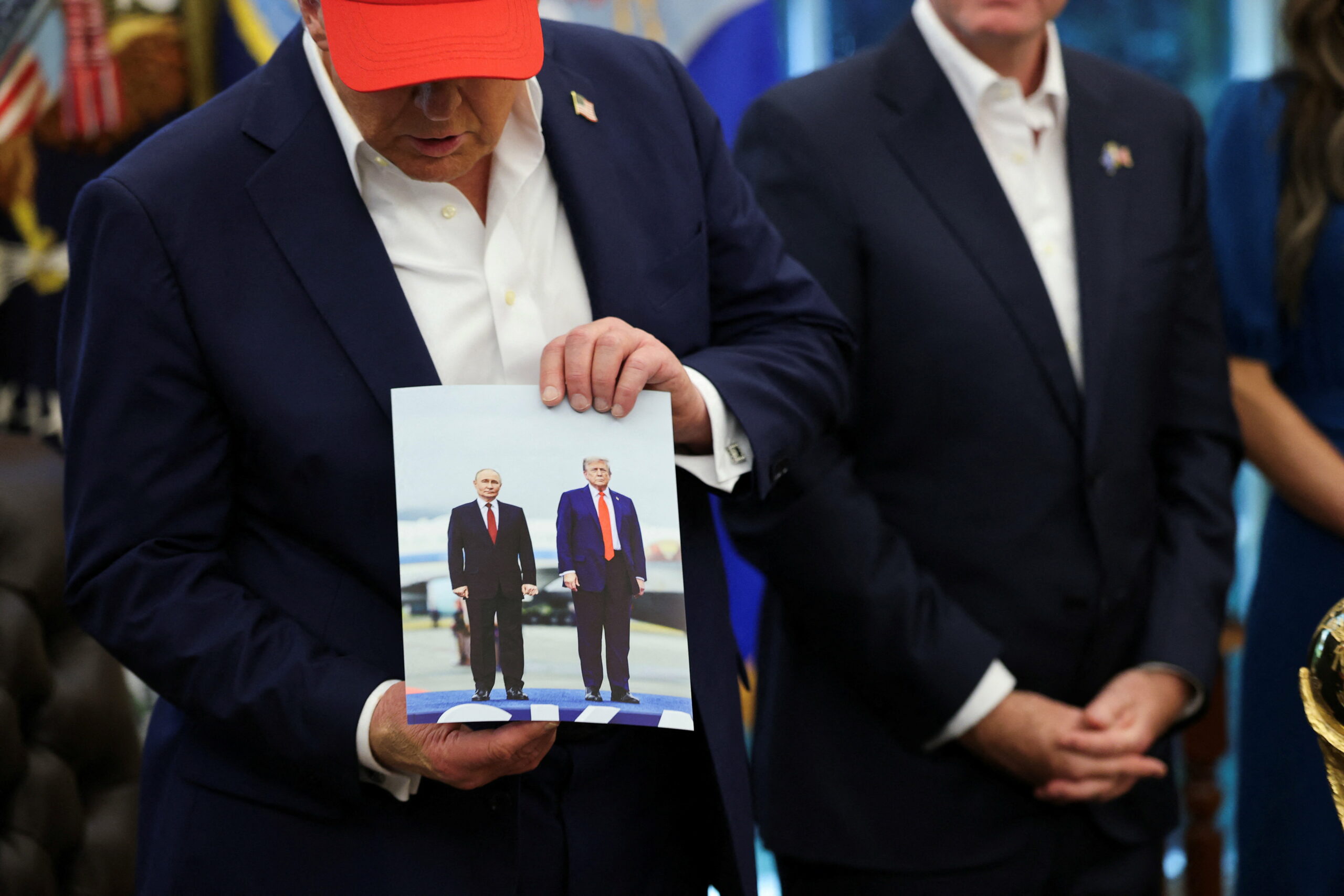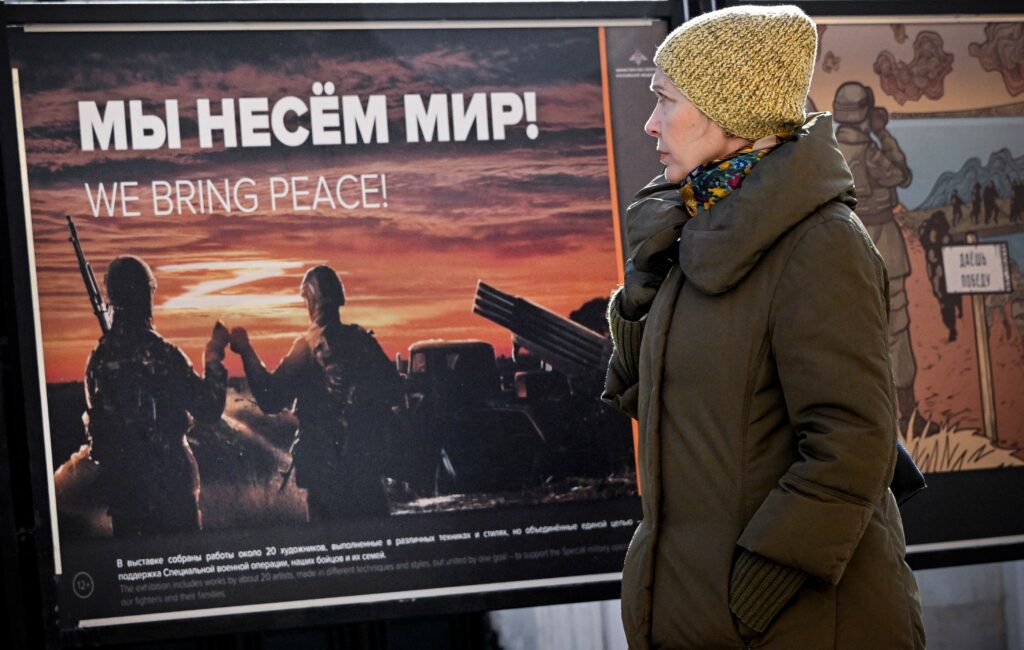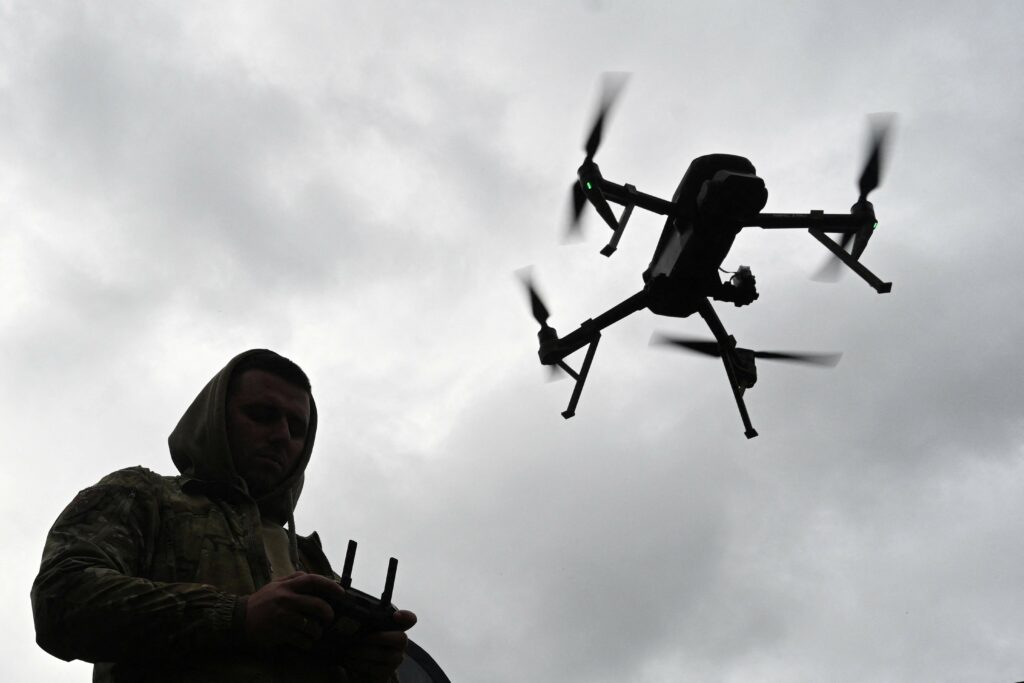It’s hardly news anymore that fighters from dozens of countries are taking part in the war in Ukraine on both sides. In the early months after the full-scale invasion began, Kyiv set up a Foreign Legion to draw in volunteers from abroad. Ukrainian officials claimed at the time that they had 20,000 volunteers from 52 countries, including Poland, the Netherlands, Sweden, Denmark, the UK, Latvia, Lithuania, and others. In 2024, FSB chief Alexander Bortnikov gave a similar figure for the unit’s size—18,000 from 85 countries.
For its part, Russia initially turned to migrants from Central Asia to bolster its ranks. In 2024, the big headline was the deployment of North Korean troops to Ukraine—their numbers are estimated at 10,000−12,000. Come autumn 2025, reports surfaced of Cubans fighting en masse on Russia’s side: The U.S. State Department puts the figure at 1,000−5,000. Havana doesn’t deny its citizens are in the combat zone but insists they’re volunteers, about whom the authorities have only limited information. Nepalis have also been a recurring topic; in 2024, CNN reported on the possible dispatch of up to 15,000 Nepali citizens to the front. Nepal’s government, however, which is trying to curb its nationals’ involvement in the war, offers a far more modest tally: «at least 200.»
The Middle East has played a decidedly secondary role in the conflict when it comes to direct military involvement. The region’s first specialists showed up in the Russian military back in 2022—namely, Iranian instructors training their Russian counterparts on how to operate the strike drones supplied by Tehran. But we’re talking a small cadre of experts who, it seems, didn’t see frontline action themselves.
Individual fighters from the Middle East have undoubtedly ended up on the front lines—this is borne out by data on non-Russian casualties in Russia’s forces, compiled from open sources. Even so, the region doesn’t stand out as a major player here, lagging well behind countries like Tajikistan and Nepal in terms of scale.
The first hints that the Middle East might become a more substantial recruitment ground emerged late in 2024, when word got out about the dispatch of several hundred Yemeni fighters. This stemmed from an arrangement between Moscow and the Houthis, the rebels who effectively control much of the country. That episode, however, appears to have been a one-off; no steady flow of Yemeni recruits to Ukraine followed. By the second half of 2025, though, Russia ramped up its efforts to enlist personnel from the region. Stories of aggressive recruitment drives in the Middle East and personal accounts from locals who’ve joined Russia’s military began popping up more frequently in the global press.
The recruitment playbook is consistent across the board: People from poorer countries are lured with salaries of $ 2,000-$ 3,500—astronomical sums in a region where the average wage hovers around $ 300. Moscow covers flights and dangles the promise of Russian citizenship for signing on. They don’t hide the fact that it’s a war against Ukraine, but recruiters typically assure newbies they’ll stick to support roles, like cooking or driving. In reality, almost all of them end up on the front lines.
Estimates of the recruitment scale are scarce; investigations tend to stick to outlining the mechanics and sharing personal stories. Still, Politico, citing sources, reports a sharp uptick in Middle Eastern enlistments: Just 394 confirmed cases from the region in 2023−2024 combined, versus 651 in the first half of 2025 alone. Other outlets throw out much bigger numbers. The Los Angeles Times writes of 2,000 fighters from Iraq alone, plus thousands more from Egypt, Algeria, Yemen, and Jordan. The truth likely lies somewhere in between: Politico draws on verified incidents, while the L.A. Times offers a broad estimate without naming sources.
A Region Ripe for the Picking
In the bigger picture, recruitment from the Middle East doesn’t yet look like a cornerstone of Moscow’s strategy. Even the high-end estimates—several thousand recruits—pale against the overall manpower demands of the Ukraine fight. That said, virtually every source points to growing volumes and increasingly aggressive pushes in this direction.
The region makes for fertile ground to build out these efforts. Predominantly impoverished and mired in endless conflict, the Middle East boasts a deep bench of battle-hardened individuals. The perpetual cycle of wins and losses across factions has bred a sizable class of fighters indifferent to the cause or the enemy—just as long as the paychecks clear. The widespread use of Arabic across most of the area is another plus; it could ease the integration of multinational units, since classical Arabic is broadly intelligible despite dialectal quirks.
On the pay front, Russian salaries for troops look eye-wateringly generous not just against civilian jobs in the Middle East but even compared to the local mercenary market. Iranian proxy militias in Syria, for instance, paid their gunmen $ 400−700 a month—mostly Afghans, Iraqis, or Lebanese recruited by the Islamic Revolutionary Guard Corps for the Syrian theater. Hezbollah fighters in Lebanon commanded the top rates, around $ 1,300, while local Syrian recruits scraped by on as little as $ 200.
Saudi Arabia ponied up a bit more in the late 2010s, enlisting Sudanese volunteers for its war against Yemen’s Houthis. Arab media reported $ 800 monthly, with recruitment tactics eerily similar to Russia’s: Promises of army kitchen duty that morphed into frontline deployments. The upside? After six months in Yemen’s meat grinder, a Sudanese fighter might pocket a $ 10,000 lump sum—about $ 1,667 per month.
Notably, Russia is leaning hard on grassroots, individual recruitment via Telegram and WhatsApp, pulling in volunteers from various countries one by one. There’s no sign yet of fresh state-to-state deals or even pacts with specific groups, like the one with the Houthis. Apparently, even the region’s authoritarian strongmen see shipping off citizens to fight foreign wars as a legitimacy killer.
As The Insider reports, Russia’s side runs a slick, state-backed machine for this: Officials from Bryansk Oblast and staff at the Foreign Ministry are in on the Middle East recruitment. Volunteers get business visas, and upon arrival, the Defense Ministry inks their contracts. But Moscow’s pitch banks as much on the region’s poverty as its instability. They’re aggressively targeting Egypt, Jordan, and Algeria—countries without active combat zones. For folks desperate to escape destitution and joblessness, the money and citizenship prospects are the clincher, enough to convince them to board a plane to Ukraine’s war.
Military Upsides—and Pitfalls
The year 2025 is laying bare Russia’s current playbook for plugging personnel gaps on the Ukrainian front. Back in 2022, the go-to was prison recruitment to dodge a broader mobilization (which happened anyway). Today, the focus has shifted to foreign fighters for that extra influx.
One big open question: How effective will these patchwork units really be? So far, though, Russia seems to have hit on a formula for deploying them. According to Middle East Eye, Middle Eastern recruits are being fed into the deadliest frontline sectors to burn through Ukrainian ammo and troops. But this could backfire over time. Even in hard-up countries, most mercenaries sign on hoping to cash out and go home in one piece. The more headlines about Middle Easterners dying on the front lines, the tougher the sell. And banking on ideological zeal to drive mass enlistments against Ukraine? That’s a non-starter.
The Middle East’s own wars offer stark lessons on the limits of pay-for-play forces without real buy-in. The classic case: the mass rout in 2014 of U.S.-trained Iraqi army units fleeing ISIS. Something similar played out in Afghanistan in 2021, when pro-Western forces surrendered every major city—including Kabul—in a blink as the Taliban advanced. Syria’s no different; in 2024, pro-Iranian and pro-Assad militias scattered, ditching their gear, before an offensive by Hayat Tahrir al-Sham Islamists. In quieter times, those same groups handled their gigs just fine—but throw in a genuine threat to Assad’s hold on power, and it all unraveled.
In short, the region’s track record shows that without genuine motivation, mercenaries are best for grunt work. You can send them to clear minefields, sure. But plugging major defensive gaps with them? That’s playing with fire. Otherwise, the spectacle of foreign hires bolting and dumping Russian weapons could soon shift from Middle Eastern battlefields to the Eastern European ones.










